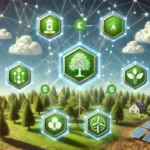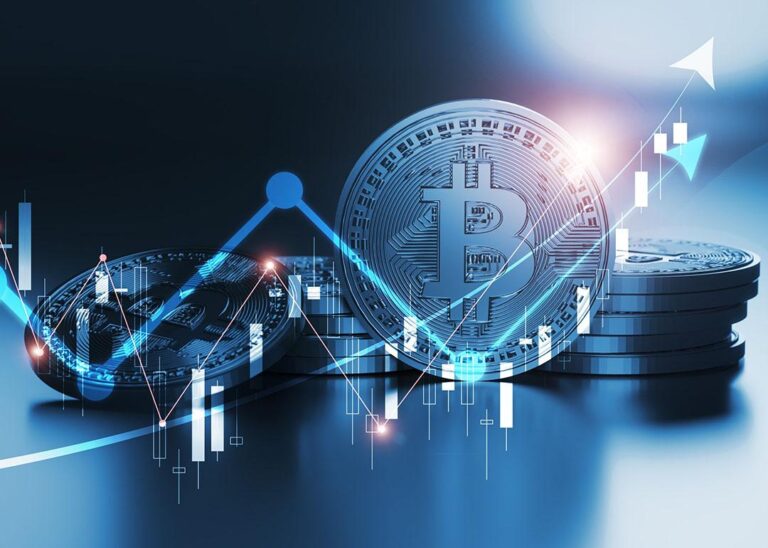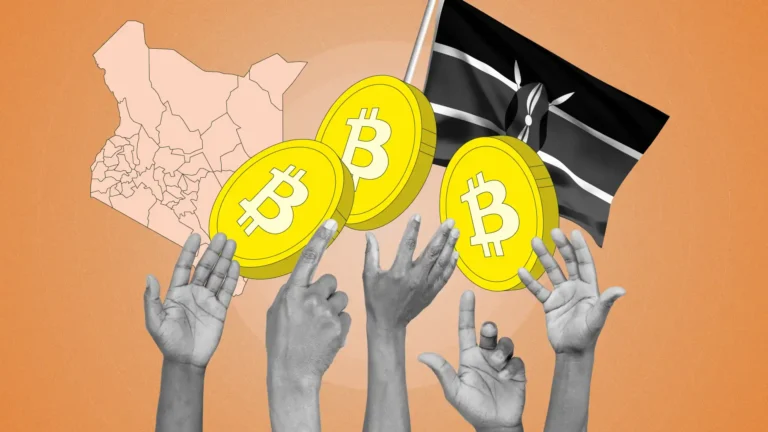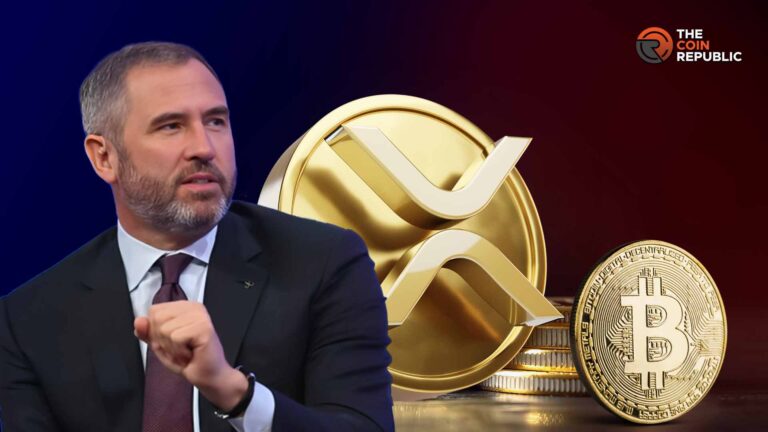In the not-so-distant past, gaming was just about entertainment — an escape into fantasy worlds where achievements stayed locked within the game itself. But today, a new era is unfolding — one where gaming meets ownership, real-world value, and decentralized economies. Welcome to Web3 gaming, where players are not just participants but stakeholders in digital …
Web3 Gaming: How Blockchain is Transforming Virtual Economies
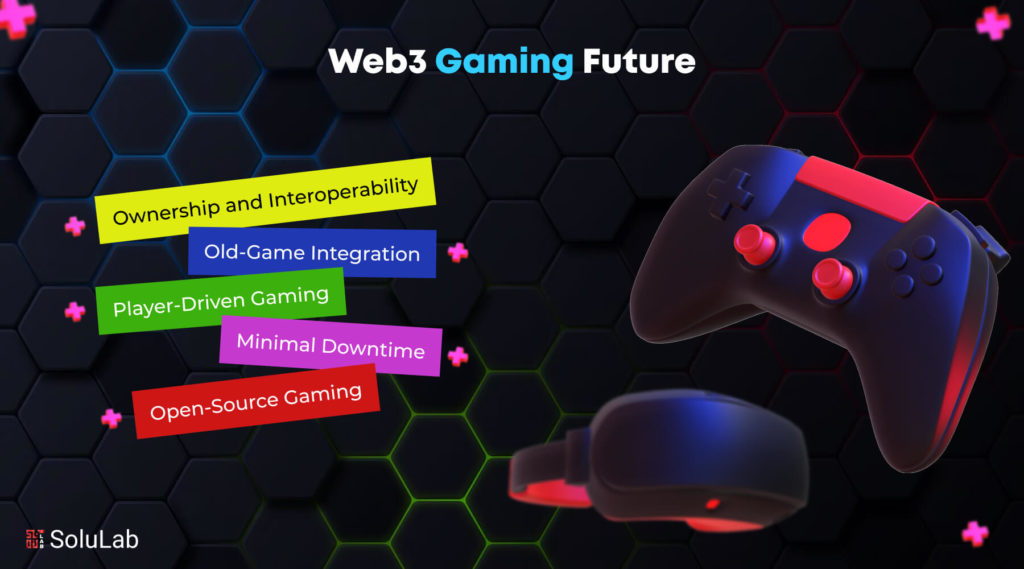
In the not-so-distant past, gaming was just about entertainment — an escape into fantasy worlds where achievements stayed locked within the game itself. But today, a new era is unfolding — one where gaming meets ownership, real-world value, and decentralized economies. Welcome to Web3 gaming, where players are not just participants but stakeholders in digital universes powered by blockchain technology.
The fusion of blockchain, NFTs, and decentralized finance (DeFi) is giving rise to a new kind of economy — one that blurs the line between virtual and real-world value. From play-to-earn (P2E) models to player-owned assets, Web3 gaming is redefining what it means to play, earn, and belong in digital spaces.
From Pixels to Profits: The Rise of Web3 Gaming
Traditional gaming has always been centralized. Game developers and publishers controlled everything — from in-game currencies to the rules governing item ownership. Players could spend hundreds (or thousands) of dollars on digital skins, weapons, or characters, yet none of it truly belonged to them.
Once a server shut down, all that progress vanished.
Web3 gaming changes this narrative completely. By using blockchain technology, it introduces true digital ownership, giving players verifiable proof of their in-game assets through non-fungible tokens (NFTs). These assets — whether they’re characters, weapons, virtual land, or rare items — are stored on the blockchain, meaning players can buy, sell, or trade them freely outside the game’s ecosystem.
In essence, blockchain turns players into investors and participants in digital economies, not just consumers.
The Mechanics of Blockchain-Based Gaming Economies
At the core of Web3 gaming are several revolutionary elements that reshape how virtual economies operate:
- NFTs as In-Game Assets:
Every sword, car, or outfit can exist as a unique, tokenized asset. Players truly own these NFTs and can transfer or sell them independently of the game developer’s permission. - Play-to-Earn (P2E) Models:
Instead of paying to play, gamers earn crypto or tokens by participating in the ecosystem — completing quests, competing in tournaments, or creating in-game content. - Interoperability Across Games:
Imagine using your favorite avatar or weapon in multiple games. Web3 enables cross-game compatibility, where assets can move seamlessly across virtual worlds built on the same blockchain. - Decentralized Marketplaces:
Players can trade assets directly via blockchain-powered marketplaces, removing the middlemen and introducing true peer-to-peer economies. - DAO Governance:
Decentralized Autonomous Organizations (DAOs) allow players to vote on game updates, economic rules, or community initiatives, ensuring that the ecosystem evolves with player input — not just developer mandates.
The New Digital Economy: Players as Stakeholders
One of the most radical shifts brought by Web3 gaming is economic participation.
In traditional games, value flows one way — from players to developers. You buy the game, purchase skins, and maybe subscribe to a premium model. But in Web3, the flow of value becomes bidirectional.
Players can:
- Earn tokens that have real-world monetary value,
- Stake their assets to generate passive income,
- Contribute to the ecosystem as content creators, traders, or community leaders.
In essence, players become economic citizens of the game world, contributing to — and benefiting from — its growth.
Games like Axie Infinity, The Sandbox, and Illuvium have already demonstrated how powerful this model can be. Early adopters in these ecosystems not only played but earned sustainable income, sometimes enough to replace traditional jobs in developing regions.
Interoperability: The Dream of the Open Metaverse
One of Web3’s most exciting promises is interoperability — the idea that assets and identities can travel freely between virtual worlds.
In the Web2 era, games existed in isolation. Your Fortnite skins meant nothing in Minecraft; your achievements in World of Warcraft stayed there forever.
But with Web3, blockchain acts as the universal layer connecting these experiences. The same NFT that represents your digital sword in one game could exist as a display piece in another or be traded as a collectible on marketplaces like OpenSea.
This interoperability sets the foundation for the open metaverse — a decentralized digital universe where identity, ownership, and economy transcend individual games or platforms.
The Role of Tokenomics: Fueling Game Economies
Every Web3 game operates on a token economy, where in-game currencies are backed by blockchain tokens.
These tokens serve multiple purposes:
- Utility Tokens: Used for transactions, upgrades, or purchases within the game.
- Governance Tokens: Allow players to participate in decision-making and governance proposals.
- Reward Tokens: Distributed as incentives for gameplay, achievements, or contributions.
A well-designed tokenomic system creates a sustainable feedback loop — where playing the game, contributing to the community, and participating in governance all help maintain the game’s economy.
However, sustainability is key. Early P2E models often suffered from token inflation — where excessive minting led to devaluation. Modern Web3 games now balance token supply, staking mechanisms, and in-game sinks (places where tokens are spent) to maintain long-term economic health.
Challenges Ahead: The Road to Mass Adoption
Despite its promise, Web3 gaming faces several hurdles before it becomes mainstream.
- Scalability:
High transaction costs and slow network speeds (especially on Ethereum) can hinder smooth gameplay. Layer-2 solutions and newer blockchains like Solana and Polygon are addressing this. - User Experience:
Managing wallets, private keys, and tokens can be intimidating for traditional gamers. Simplified onboarding solutions are crucial for adoption. - Regulatory Uncertainty:
As governments scrutinize crypto assets, regulations around token economies and NFTs remain murky. - Sustainability and Game Quality:
Many early Web3 games focused too heavily on profits rather than gameplay. The next generation must prioritize fun and engagement to retain players long-term.
Beyond Play-to-Earn: The Evolution Toward Play-and-Own
The next evolution in Web3 gaming is shifting from play-to-earn (P2E) to play-and-own (P&O) — a model that emphasizes player experience, creativity, and asset ownership over profit-driven gameplay.
In this new model:
- The fun of the game comes first.
- Ownership adds depth, not distraction.
- Earnings are a byproduct of participation, not the main incentive.
This shift ensures that Web3 gaming isn’t just another financial vehicle but a cultural movement — merging entertainment, creativity, and economic freedom in ways never before possible.
The Future of Gaming: Decentralized, Immersive, and Player-Owned
Web3 gaming represents more than just a technological upgrade — it’s a philosophical revolution. It challenges who holds power, who owns value, and how digital communities are built.
In the Web3 future:
- Players will own their in-game economies.
- Developers will become facilitators of ecosystems, not gatekeepers.
- Gamers, creators, and investors will co-create virtual worlds that mirror real-world economies — but without borders or intermediaries.
The age of passive gaming is over. The age of active participation and ownership has begun.
Final Thought:
As blockchain continues to evolve, Web3 gaming stands at the forefront of a global shift — where pixels have purpose, avatars have autonomy, and virtual economies have real power. In this new world, playing isn’t just fun — it’s a form of creation, collaboration, and financial empowerment. The future of gaming isn’t centralized. It’s decentralized, player-owned, and unstoppable.

